Market Share
Vacuum Sensors Market Share Analysis
In the dynamic landscape of the Vacuum Sensors Market, companies deploy various market share positioning strategies to establish themselves as industry leaders and gain a competitive edge. One prevalent strategy is product differentiation, where companies focus on developing vacuum sensors with unique features and capabilities. By offering innovative solutions that go beyond basic functionalities, companies can attract customers looking for advanced and specialized sensor technologies. This strategy not only helps in capturing market share but also fosters brand loyalty as customers recognize the distinct value proposition of a particular product.
Another key market share positioning strategy is pricing. Companies in the Vacuum Sensors Market often adopt competitive pricing strategies to appeal to a broader customer base. This approach involves offering products at prices that are comparable or more attractive than those of competitors. Pricing strategies can influence purchasing decisions, especially in cost-sensitive industries, and play a significant role in gaining market share. However, it is crucial for companies to strike a balance between competitive pricing and maintaining profitability to ensure long-term sustainability.
Strategic partnerships and collaborations are instrumental in market share positioning. Companies often seek alliances with other industry players, technology providers, or research institutions to enhance their capabilities and broaden their market reach. These partnerships can result in the development of integrated solutions or joint ventures that cater to specific industry needs. By leveraging the strengths of multiple entities, companies can position themselves as comprehensive solution providers, expanding their market share by addressing a wider range of customer requirements.
Market segmentation is another effective strategy in the Vacuum Sensors Market. Companies may choose to focus on specific industry verticals or applications, tailoring their products to meet the unique needs of those segments. By becoming specialists in particular niches, companies can develop a reputation for expertise and reliability, attracting customers looking for solutions tailored to their specific requirements. This targeted approach allows companies to capture market share in niche markets where their specialized offerings are in high demand.
Geographical expansion is a prevalent strategy for companies seeking to increase their market share in the Vacuum Sensors Market. By entering new regions or countries, companies can tap into untapped markets and reach a broader customer base. Localized strategies, such as adapting products to meet regional preferences or complying with specific regulatory requirements, are often employed to ensure success in diverse geographical markets. This expansion strategy requires a thorough understanding of local market dynamics and effective distribution channels to establish a strong presence.
Continuous investment in research and development (R&D) is a crucial strategy for maintaining market share in the Vacuum Sensors Market. Innovation is key in this technology-driven industry, and companies that consistently introduce new and improved sensor technologies can stay ahead of the competition. By investing in R&D, companies not only enhance their existing product offerings but also position themselves as leaders in driving advancements within the market. This strategy reinforces brand credibility and attracts customers who prioritize cutting-edge solutions.
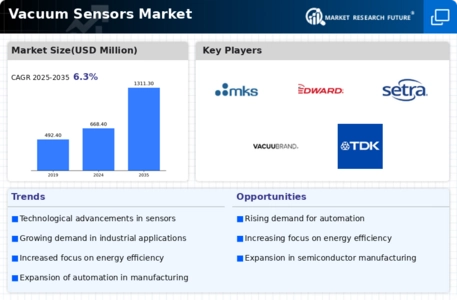
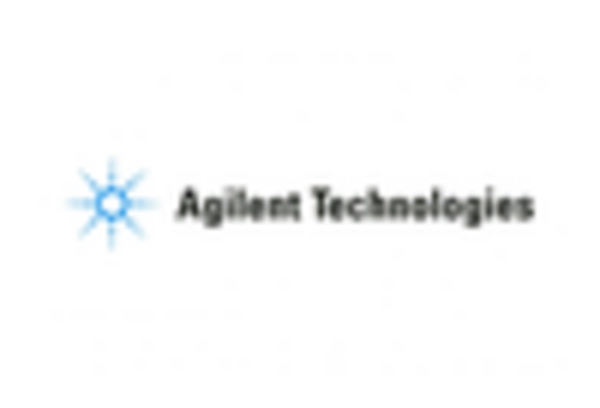
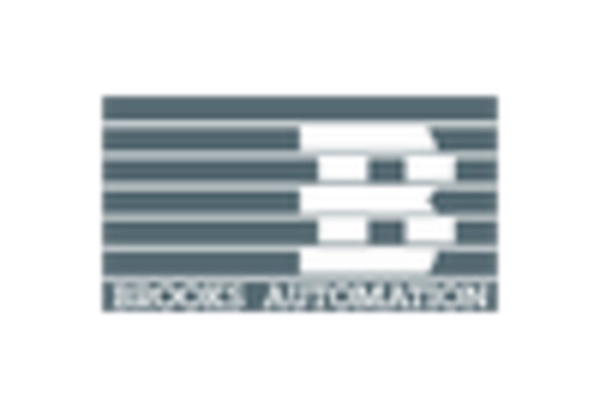
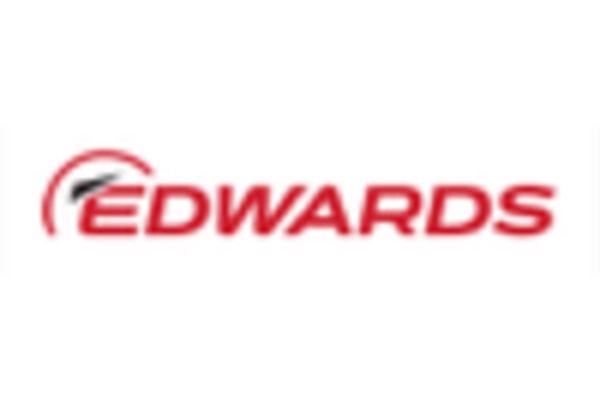
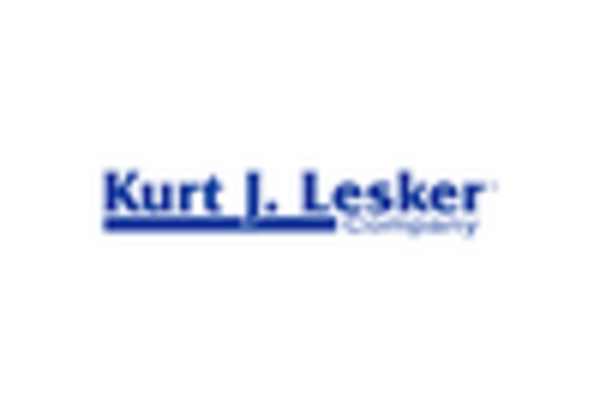
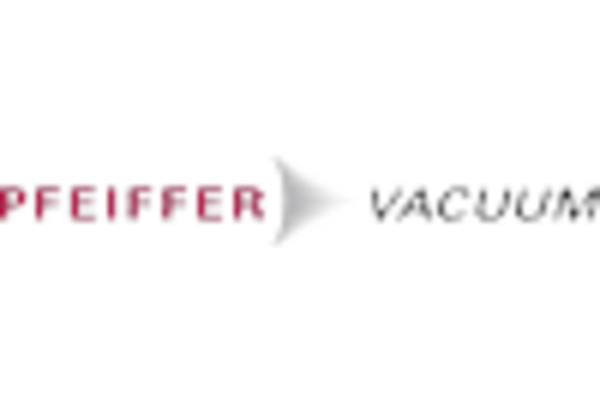
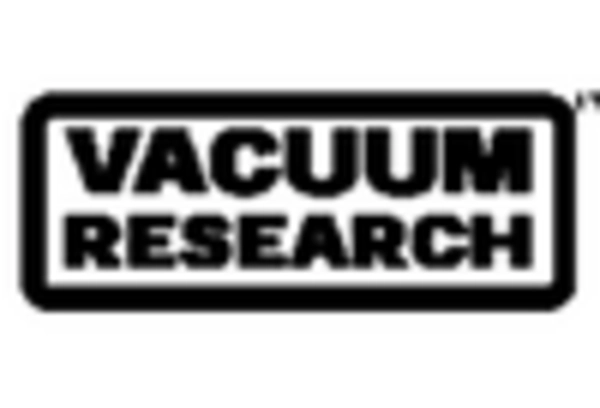









Leave a Comment